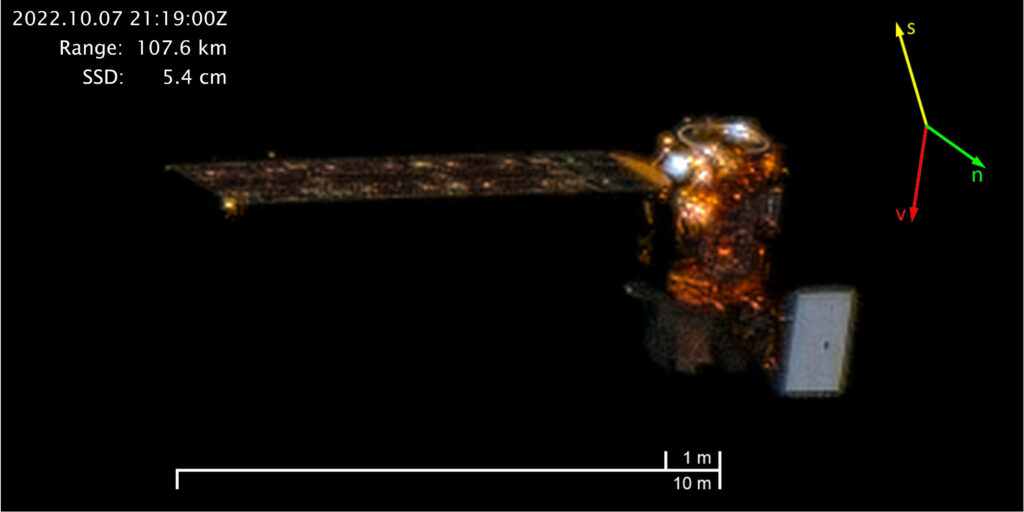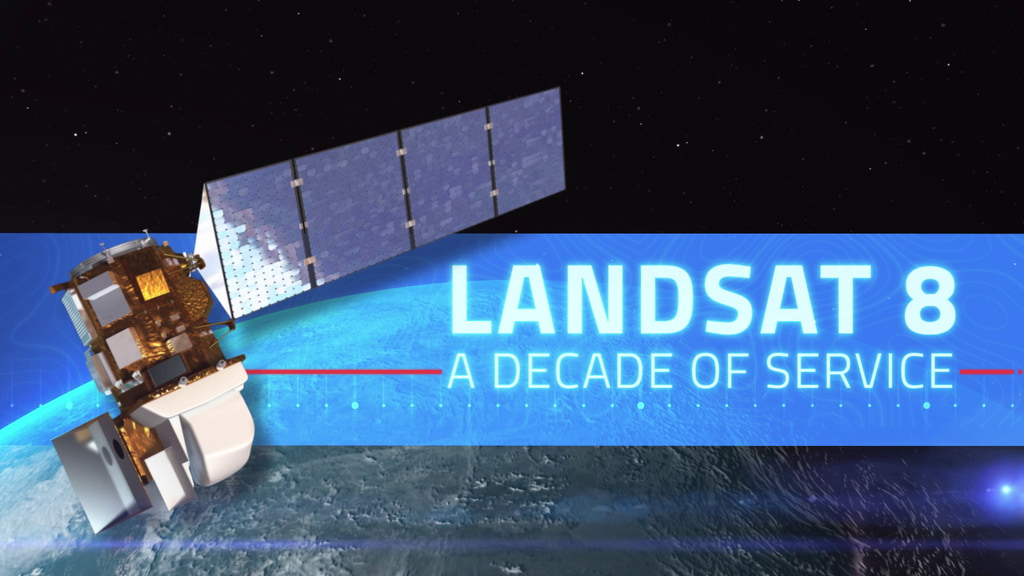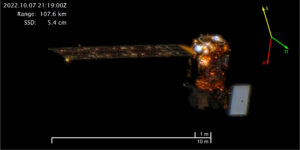A flight operations team (FOT) will operate two computer systems within the MOC, the Collection Activity Planning Element (CAPE) and the Mission Operations Element (MOE). The CAPE will plan science data collection by building activity requests for the LDCM imaging sensors each day. The MOE will translate the activity requests into software command loads transmitted to the observatory.
The CAPE collection activity requests will include the following: requests supporting the LDCM Long-Term Acquisition Plan-8 (LTAP-8); International Cooperator requests; requests for observations of calibration sites; and special requests. Within the CAPE, LTAP-8 will address the mission objective of providing global coverage of the landmass on a seasonal basis. Each day the LTAP-8 will identify the WRS-2 scenes within view of the observatory during the next 72 h. For each of those three days, it will place scenes in a priority order for science data collection. The process will repeat every day with priorities reset for the overlapping 48 h. To set priorities, the LTAP-8 will use historical cloud fraction climatology and daily cloud cover predictions to minimize cloud contamination, will analyze historical records of vegetation indices to identify seasonal windows within which to capture vegetation dynamics, will account for data collection during previous observatory overpasses, and will constrain imaging in high latitude areas to periods of sufficient solar illumination. The LTAP-8 will thus be a daily instantiation of the long-term mission objective.
Special image requests, such as images of natural disasters or images supporting unique science research campaigns, will be forwarded to an LDCM Data Acquisition Manager (DAM) responsible for coordinating and approving special requests. The DAM will designate special requests requiring urgent data distribution (e.g., images supporting emergency response) as priority requests. The DAM will flag priority requests for expedited distribution through the entire image collection and production process.
The CAPE will daily accept the priority list of scenes from the LTAP, factor in special requests and the other requests listed above, incorporate observatory scheduling constraints provided by the MOE, and then generate a scene-based list of images for collection by the imaging sensors over the next 72 h with an average of 400 scenes requested per day. The CAPE will assign a unique identifier (WRS-2 path, row, and date) to each scene or imaging sensor activity in the request. The CAPE will share the identifiers with the MOE and the DPAS so that every individual scene request can be tracked throughout the entire planning, data collection, and data production process.
The CAPE will pass its daily list of scene requests to the MOE where observatory and ground system activities will be planned, coordinated, and scheduled. The MOE will convert requested scenes to imaging intervals; that is, periods of time over which imaging sensor data are collected and stored on the solid state recorder (SSR). Imaging intervals will be assigned a unique identifier and the MOE will maintain a scene to interval mapping table. The MOE will put the imaging interval requests together with health and safety maintenance requirements to generate a daily schedule of observatory activities with health and safety always taking precedence. The MOE will convert the activities schedule to a daily command load transmitted to the observatory through S-band communications from the LDCM GNE. The GNE will consist of three transmission and data receiving stations: one at USGS EROS in Sioux Falls, South Dakota; one at Gilmore Creek, Alaska; and one at Svalbard, Norway.
Initial versions of the CAPE and the MOE have been installed in the MOC. USGS EROS is developing the CAPE. NASA awarded a contract to The Hammers Company, Incorporated in September 2008 to build the MOE. The MOC is currently engaged in a sequence of tests leading to launch readiness. Upgrades and revisions to the CAPE and the MOE will be delivered through the testing process until the full command-and-control capability is in place and proven ready for mission operations. USGS will assume responsibility for MOC operations following the launch and in-orbit check out of the LDCM observatory.
Excerpted from Remote Sensing of Environment 122, James R. Irons, John L. Dwyer, and Julia A. Barsi , The next Landsat satellite: The Landsat Data Continuity Mission, 11-21, Copyright 2012, doi:10.1016/j.rse.2011.08.026, with permission from Elsevier
Courtesy of the journal Remote Sensing of the Environment






